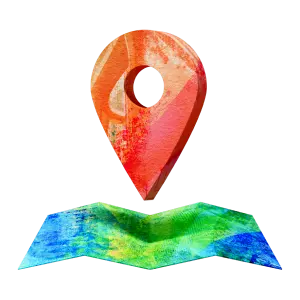Saoedi-Arabische riyal (SAR)
Muntsoort
Saoedi-Arabische riyal
Valutasymbool
SR
SAR wisselkoers
| USD | INR | PKR | CAD | EUR | PHP | AUD | GBP | |
|---|---|---|---|---|---|---|---|---|
| Van SAR | 0.26627 | 22.83650 | 74.13030 | 0.38472 | 0.25830 | 15.48120 | 0.42826 | 0.21436 |
| Naar SAR | 3.75555 | 0.04379 | 0.01349 | 2.59927 | 3.87141 | 0.06459 | 2.33501 | 4.66514 |
Pas op voor slechte wisselkoersen.Banken en traditionele aanbieders maken vaak extra kosten, die ze dan weer doorberekenen aan jouw in de vorm van een commissie in de wisselkoers. Onze slimme technologie maakt ons efficienter - wat betekend dat jij een geweldige wisselkoers krijgt. Elke keer weer.
| Naam | Saoedi-Arabische riyal (SAR) |
|---|---|
| Symbol | SR |
| Minor Unit | Halala (1/100 of a Riyal) |
| Minor Unit Symbol | هللة |
| Notes Freq Used | ر.س5, ر.س10, ر.س50, ر.س100, ر.س500 |
| Coins Freq Used | 1, 5, 10, 25, 50 halalas, ر.س1, ر.س2 |
| Central Bank | Saudi Arabian Monetary Authority (SAMA) |
| Users | Saudi-Arabië |
Facts Table for Saoedi-Arabische riyal (SAR)
The currency of Saudi Arabia is the Saudi riyal (Arabic: ريال سعودي riyāl suʿūdiyy), often abbreviated as ر.سSAR, or SR (Saudi Arabian Riyal/Saudi Riyal). It's subdivided into 100 halalas (Arabic: هللة Halalah) and is consistently pegged to the US dollar at a fixed exchange rate.
Before the 20th century, various foreign currencies like the Maria Theresa Thalers and British Gold Sovereigns were in circulation, maintaining Arabia's monetary flow. At that time, the exchange rate stood at 1 Gold Sovereign equating to 5 Theresa Thalers. Subsequently, in the early 1900s, the Hejaz Riyal was introduced as the official currency.

Saudi Riyal Modern History
Following the establishment of Saudi Arabia in 1932, the Saudi Riyal was introduced. Its exchange rate experienced several corrections throughout history. Initially, 1 riyal equal to 22 qurush coins. However, by 1960, this was amended to 20 qurush coins equating to 1 riyal. Notably, in 1952, the Saudi Arabian Monetary Agency (SAMA) was formed, ushering in multiple reforms aimed at establishing a unified currency system. The year 1963 saw the decimalization of the currency and the introduction of a new subunit called the halala, dividing the riyal into 100 equal parts.
By June 1986, the riyal was officially pegged to the IMF's special drawing rights (SDRs), effectively fixed at 1 U.S. dollar = 3.75 riyals, roughly translating to 1 riyal = 0.266667 dollar. This particular rate was formally implemented on January 1, 2003.
The Riyal experienced a brief surge to a 20-year high post the US Federal Reserve's interest rate cut on September 18, 2007. Following the decision by the Saudi Arabian Monetary Agency (SAMA) to not follow suit, concerns regarding the inflationary impact of low-interest rates and a reduced value for the riyal surfaced, eventually leading to its return to peg against the U.S. dollar in early December 2007.